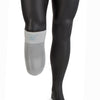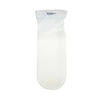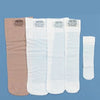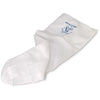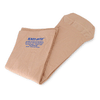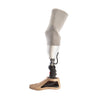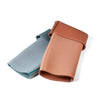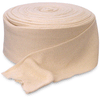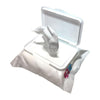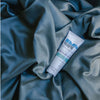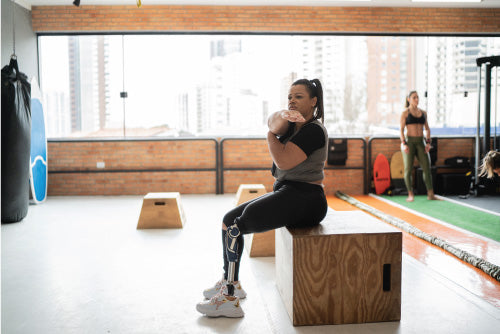How do I care for my special prosthetic socks?
Although good prosthetic socks and liners are essential for comfort, they often aren't cared for as well as they could be. In particular, many amputees don't change their socks as often as they should. You should be changing your prosthetic socks at least once a day, if not more often, and washing them as soon as you take them off. Washing your socks regularly will make them more comfortable and longer lasting.
What Kind of Detergent Should I Use For Prosthetic Socks?
Any fabric or textile that comes in contact with your limb should be cared for with gentle, non-irritating products. Medi USA makes a great sock detergent. Your prosthetic liner should be washed with prosthetic cleansers, but the detergent you use to wash your socks can be found anywhere you buy laundry products.
Whichever brand you choose, make sure your detergent
- Is gentle, formulated for sensitive skin.
- Is 100% hypoallergenic, great for people with eczema or other skin disorders.
- Will remove harsh chlorine from your washing water.
- Doesn’t contain SLS (sodium lauryl sulphate) or SLES (sodium laureth sulfate/sodium lauryl ether sulphate), both chemicals that are too harsh for the skin.
- Doesn't contain added fragrance or brightening agents, which can also be skin irritants.
How To Wash Your Prosthetic Socks
Different prosthetic socks have different care instructions, so check the manufacturer's recommendations to see whether you should hand wash or if machine washing is OK. To hand wash, fill your sink with hot water. Hot water may cause some slight shrinkage, but it will kill fungi and bacteria better than cold water. Add a mild detergent to the water and let the socks soak for at least 30 minutes. Knead the socks beneath the water, then wring them out and place them aside. Drain the soapy water then refill the sink with clean, hot water, and allow another 30 minutes for the socks to soak. Repeat this process as many times as it takes to wash away any traces of detergent that could irritate your skin later. When that's done remove them, wring them out, and lay them out to air dry. Some manufacturers suggest giving your socks a good stretch length wise to regain their shape.
After washing, it's crucial that the socks are rinsed out thoroughly. Laundry detergent residue left on your clothes often causes skin irritation. Double rinse to get rid of it all if you need to.
Each time your prosthetic socks are washed they'll need ample time to air-dry -- and they have to be completely dry before you put them back on! (A moist sock shoved inside a sweaty socket is bad news for your skin.) Since you might change your socks a few times a day it's a good idea to have several pairs on hand, all clean, dry, and ready to wear. Wearing your socks in a rotation will allow the fibers to regain their resiliency and elasticity between wears. You can also use a rubber ball to help the sock retain its shape.
Prosthetic sockets, sheaths, liners, and prosthetic socks are all depositories for the kind of bacteria that can cause skin disorders if they're aren't cleaned regularly -- so make sure you do. Following these guidelines will make it that much easier to maintain healthy skin, a healthy limb, and your overall health.
Related Articles:
- How do I clean my prosthetic socket?
- Prosthetic Cleansers, A Primer
- Should My Cleanser Be pH Balanced?
- How do I care for my prosthetic liner?
- 5 Reasons to stop using antibacterial soap
- Can I wipe down my prosthetic leg or arm?














































